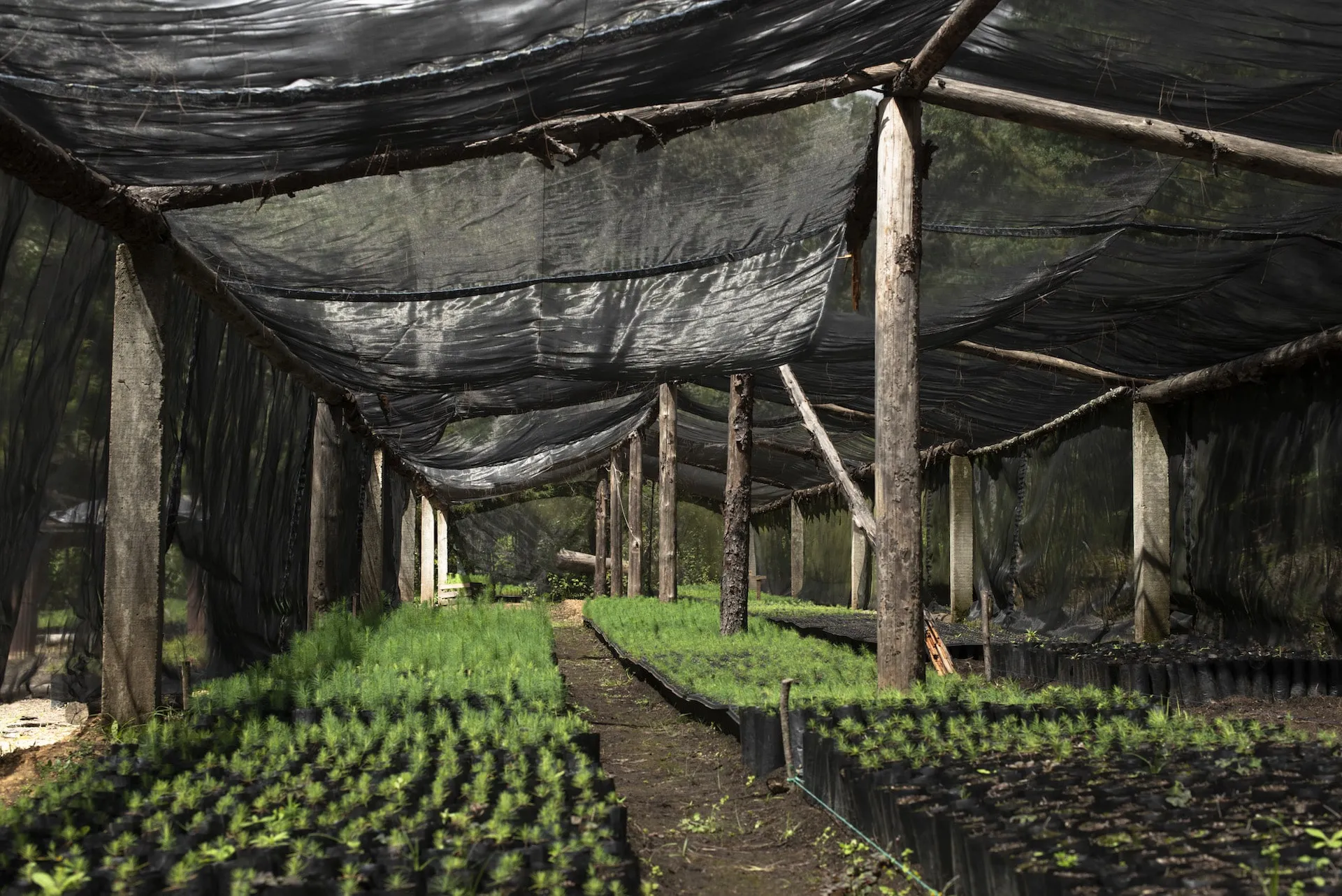How to implement the Circular Economy?



How to implement the Circular Economy?
By: Interview with Adrian Velasco by Monica Lafon
What motivated the creation of the concept of the circular economy and what are its main pillars?
The concept of Circular Economy (EC) gains momentum when it detects the obvious need to integrate environmental and economic interests, as well as to influence three major issues of the current economic system:
What are the clearest examples in developed and developing countries where the circular economy works?
One of them is the initiative”New Plastics Economy“which has motivated large generators of plastic waste to start a transformation in their products, processes and waste.
Another example is the”City Hall“in Venlo, the Netherlands, a building with high standards of Circular Economy, which goes beyond sustainability and that operates under the principles of Cradle to Cradle (C2C). These principles include three components in the design of any product or project based on the functioning of nature: everything is a resource for something else, renewable energy sources are used, and diversity in designs for each specific context.
Finally, and very interesting, is the smartphone manufacturer”Fairphone“which has managed to continue growing with a circular product in a highly competitive niche.
How far is Mexico from being able to implement this model?
There has begun to be an accelerated interest in the subject among all actors in society, albeit in an incipient way. There are legislative initiatives around a general circular economy law with the possibility of being formalized in 2021. In the coming years we will see if it happens with the assertiveness and forcefulness that is required and that is linked to a real implementation of circular vision and not cosmetic approaches.
What examples of the circular economy have been made to meet the Sustainable Development Goals of the 2030 Agenda?
Although EC can affect almost all SDGs indirectly, the one with the highest incidence is the ODS 12: ensure responsible modes of production and consumption.
From this perspective, and in addition to the previous examples, large manufacturers of mass consumer products are redesigning their products using some EC principles.
Examples of reusable or recyclable packaging are very numerous. Products that are designed to be repairable and re-manufactured happen in the capital goods and automotive industries.
Another interesting example is cars, architectural and electronic products that begin to”Servilize“instead of being sold, that is, the provision of the service is monetized rather than the sale.
What are the biggest obstacles to implementing circular systems in Latin America?
A first obstacle is the lack of legislation that encourages and, failing that, penalizes actions that differ from the EC as well as to promote innovation with a sustainable approach.
Another challenge is to engage at all levels of the academy to disseminate the circular vision and citizen participation from the perspective of responsible consumption.
In your opinion, and in the current context due to the health and economic crisis we are suffering, do you think that the adoption of circular systems is accelerating or, on the contrary, is it more difficult to adopt this paradigm shift?
The current circumstance strongly demonstrates that the environment can seriously and profoundly affect economic activities.
I think this leads us to recognize the vulnerability of our models and the urgency to evolve them towards schemes that are more harmonious with nature that are not based on the false idea of the independence or subordination of ecosystems to these models.
Profile of the interviewee
Adrián Velasco is the Founder of Futuro Circular, a consultancy specializing in Sustainable Innovation in Mexico. Industrial Designer with almost 20 years of experience in the manufacturing industry and his specialty is in Circular Economy, Sustainable Development and Business Management and Development, he has taught graduate-level classes in Sustainable Development and Sustainable Design at the University of Environment. He represents the “Circular Economy Club” and the “Circular Economy Platform of the Americas”. For more information: https://www.futurocircular.com/
Monica Lafon is a freelance writer. She has a degree in Journalism and Political Science from Concordia University in Montreal and a Master's degree in Environmental Policy from Sciences Po Paris.
Learn how your company can be part of responsible consumption on our blog: How to make your company carbon-neutral
Explore reflections, research and field learning from our work in ecosystem restoration.